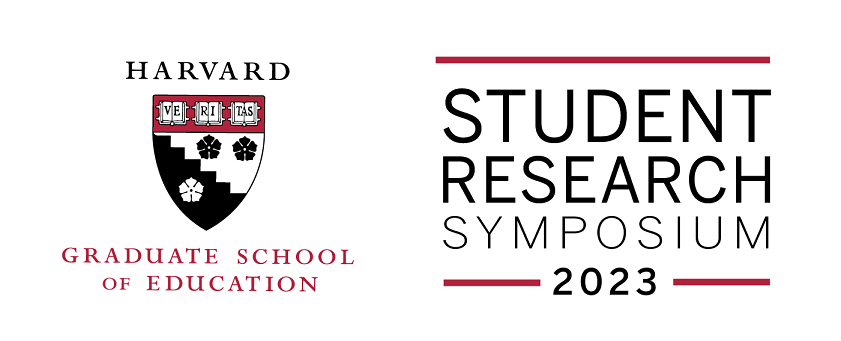
View a pdf version of this poster
Listen to a recorded presentation of the findings
The role of parent-child conversational overlap on children’s language development by Grace Kim
Young children learn many skills from their early environments. Due to the Covid-19 pandemic, children are spending greatly increased time at home, and thus it is critical to understanding which aspects of the home environment best support learning. Socioeconomic status (SES) is associated with language development, such that children from lower SES backgrounds, on average, exhibit reduced language skills compared to their higher SES peers. A portion of this relationship can be explained by linguistic features of adults’ language input to children. Early in development (2 years and younger), parents’ repetition of words is beneficial to children’s language development, but less is known about this relationship in the preschool years. We hypothesized that parents’ conversational overlap, or repetition of words from their children’s speech at 3 years, would positively predict children’s later language skills, and would also partially explain SES differences in language development. A large (n=275), longitudinal, SES-diverse sample of mother-child dyads were recorded during a 14-minute free-play session, and videos were transcribed verbatim at the utterance level. Automated repetition indices were calculated to determine the proportion of maternal words that overlapped with the child’s speech within the previous 6 utterances. SES (maternal education) was positively associated with mother's conversational overlap, and maternal overlap was in turn associated with children’s receptive language scores 9 months later. Further, maternal conversational overlap partially mediated the association between SES and children’s later language scores. This suggests that adults’ conversational overlap is beneficial for preschooler’s language development, and partially explains SES disparities in language development.
